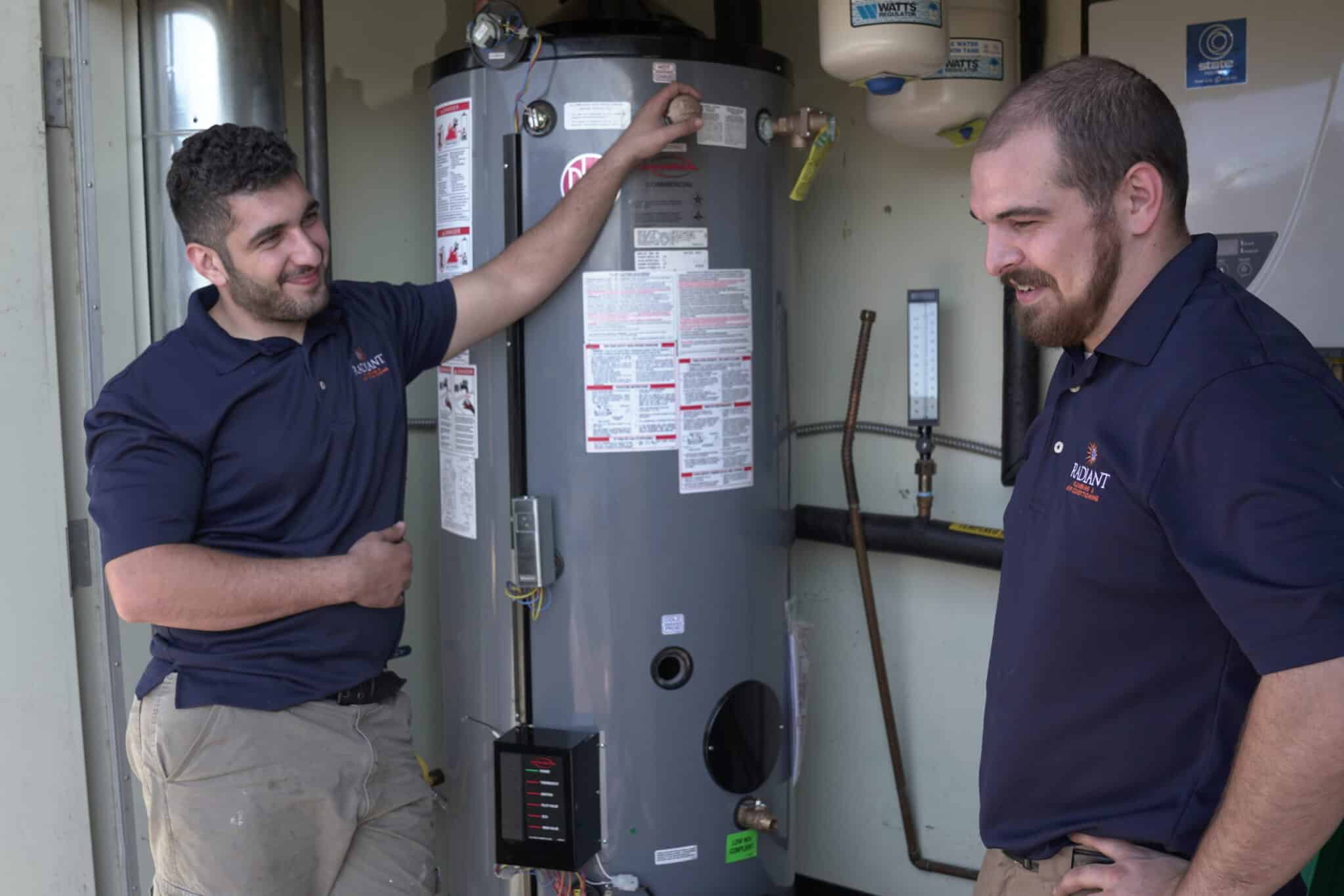The author is making a few good observations regarding What Kind of Maintenance Do Water Heaters Need? in general in this content in the next paragraphs.

Warm water is vital for day-to-day convenience, whether it's for a refreshing shower or cleaning recipes. To ensure your hot water system runs efficiently and lasts longer, normal upkeep is key. This post gives practical suggestions and insights on just how to keep your home's hot water system to stay clear of disruptions and costly repair work.
Intro
Keeping your home's warm water system might seem daunting, but with a few basic actions, you can guarantee it runs smoothly for years to come. This guide covers whatever from comprehending your hot water system to DIY maintenance ideas and understanding when to call specialist aid.
Value of Preserving Your Warm Water System
Routine upkeep not only extends the lifespan of your hot water system but also ensures it operates successfully. Ignoring upkeep can bring about lowered effectiveness, higher energy bills, and also early failing of the system.
Indicators Your Hot Water System Requirements Maintenance
Recognizing when your warm water system requires focus can stop major issues. Look out for signs such as irregular water temperature level, unusual noises from the heater, or rusty water.
Purging the Hot Water Heater
Purging your hot water heater eliminates sediment buildup, boosting performance and extending its life.
Monitoring and Replacing Anode Rods
Anode poles stop rust inside the tank. Inspecting and changing them when worn is essential.
Complex Concerns Calling For Expert Help
Examples consist of significant leaks, electric troubles, or if your hot water heater is continually underperforming.
Regular Professional Upkeep Advantages
Professional upkeep can consist of extensive evaluations, tune-ups, and ensuring compliance with safety criteria.
Checking and Adjusting Temperature Level Setups
Adjusting the temperature level setups makes sure optimal efficiency and safety.
Do It Yourself Tips for Upkeep
You can do several upkeep tasks on your own to maintain your hot water system in leading condition.
Looking for Leaks
Regularly evaluate pipes and links for leakages, as these can cause water damage and higher costs.
Understanding Your Warm Water System
Before diving right into maintenance jobs, it's valuable to recognize the basic parts of your hot water system. Generally, this consists of the water heater itself, pipes, anode poles, and temperature level controls.
Month-to-month Maintenance Tasks
Normal regular monthly checks can aid capture minor problems prior to they escalate.
Examining Stress Relief Valves
Examining the pressure safety valve guarantees it functions appropriately and prevents extreme pressure buildup.
Protecting Pipes
Protecting hot water pipelines lowers warm loss and can conserve power.
When to Call an Expert
While do it yourself upkeep is useful, some concerns require expert experience.
Conclusion
Normal maintenance of your home's hot water system is necessary for performance, longevity, and expense financial savings. By adhering to these pointers and knowing when to seek professional help, you can guarantee a reputable supply of warm water without unforeseen disturbances.
How to Maintain an Instant Hot Water Heater
Before tinkering with your hot water heater, make sure that it’s not powered on. You also have to turn off the main circuit breaker and shut off the main gas line to prevent accidents. Also turn off the water valves connected to your unit to prevent water from flowing into and out of the appliance. 2. When you’re done, you have to detach the purge valves’ caps. These look like the letter “T” and are situated on either side of the water valves. Doing so will release any pressure that has accumulated inside the valves while at the same time avoid hot water from shooting out and burning your skin. 3. When the purge valves’ caps are removed, you have to connect your hosing lines to the valves. Your unit should have come with three hoses but if it didn’t, you can purchase these things from any hardware or home repair shops. You can also get them from retail stores that sell water heating systems. Read the user’s manual and follow it to complete this task properly. When the hosing lines are connected, open the purge port’s valves. 4. You should never use harsh chemical cleaners or solutions when cleaning your unit. Make use of white vinegar instead. It should be undiluted and you’ll probably use about 2 gallons. 5. Now flush your water heater. This task should probably take about 40 minutes. We can’t give you specific directions for this because the procedure is carried out depending on the type, model and brand of your heater. With that being said, refer to the user’s manual. 6. When you’re done draining the unit, you have to turn off the purge port valves again. Remove the hosing lines that you earlier installed on each of the water valves. Put the valve caps (purge port) back in their respective places and be very careful so as not to damage the rubber discs that are found inside these caps. 7. Now that everything’s back in place, check your user’s manual again to find out how to reactivate your water heating system. 8. Once it is working, turn one of your hot water faucets on just to let air pass through the heater’s water supply pipes. Leave the tap on until water flows smoothly out of it. https://www.orrplumbing.com/blog/2014/september/how-to-maintain-an-instant-hot-water-heater/

We had been shown that report on Tips on Maintaining a Water Heater through a buddy on a different web page. If you please set aside a second to promote this blog if you appreciated it. Thanks so much for taking the time to read it.
Contact Us Now